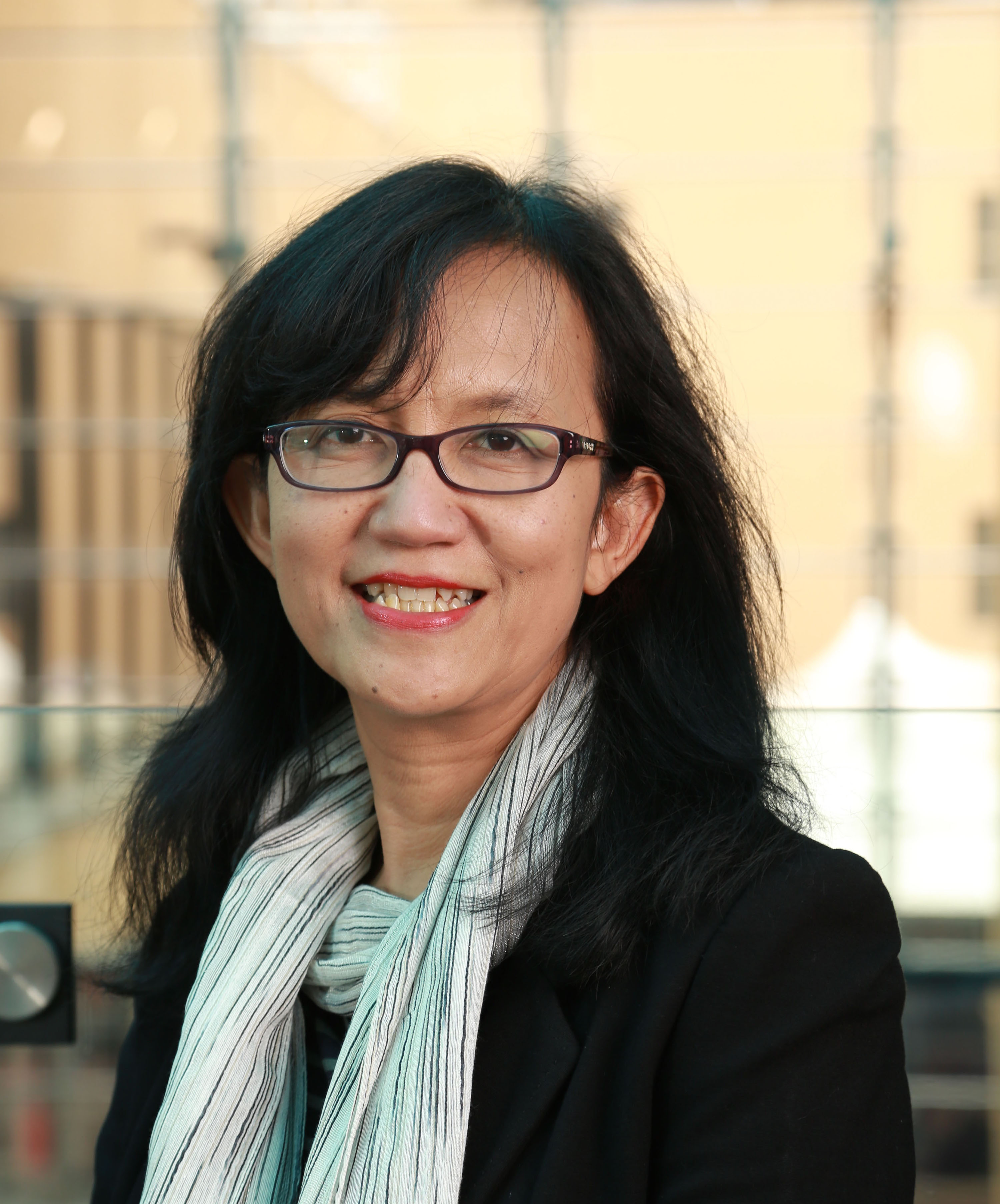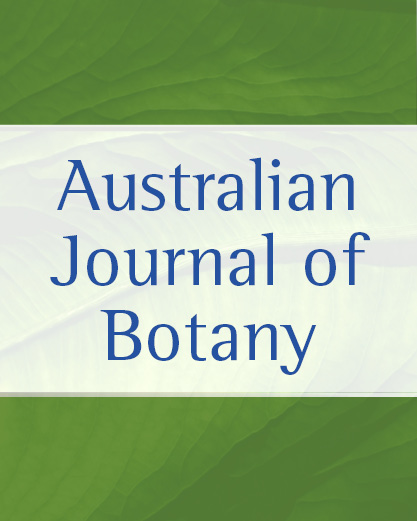There’s not much that kids love more than digging holes in dirt. And last week, a group of students from Alberton Primary School got their hands dirty planting their own trees with the launch of an exciting new project.
Trees for Good, the brainchild of Environment Institute’s Professor Bob Hill from the Department of Ecology and Evolutionary Biology, goes further than other revegetation projects. Harnessing kids’ natural curiosity – and interest in digging holes – the project doesn’t just plant trees; it teaches kids essential STEM skills.
On Monday, the students not only named their tree (apparently Greg was a popular choice), but also learned how to measure and track its growth, its health, and the impact on the local environment. They will also be able to enter the data online to see how their tree compares to others as the program progresses.
Trees for Good comes from a partnership between the University’s Environment Institute, Treenet, Project Green Group, DeBill Environmental, SASTA, Port Adelaide and Enfield Council, Green Adelaide and Alberton Primary School.
The launch was also attended by Joe Szakacs MP, Minister for Police, Emergency Services and Correctional Services and Member for Cheltenham; Councillor Steve Vines from the City of Port Adelaide Enfield and Professor Chris Daniels, Chair of the Green Adelaide Board.
Trees for Good is now looking to branch out through further partnerships with schools, councils, businesses and individuals. But it’s safe to say the seeds have been sown for the future scientists – and their trees called Greg.
About the Project
Aims of the Trees for Good project
This project focuses on the choice of plant, the appropriate place to plant it and, most importantly, monitoring the health and growth of the plant through time so that we can gather information on what success looks like and how we can duplicate it across our city to form a complex living ecosystem to support our people and the buildings they live and work in.
How will we select the species?
When a tree is planted for the future then we are really making a decision for the next 50 or more years. There are many things to consider:
- Will the tree be the right size and shape for the place it is planted?
- Will it add to the general vegetation of the area in a positive way?
- Will it help to cool the area where it is planted?
- Will it attract and protect other biodiversity (birds, insects, lizards etc.)
- Will it store a significant amount of carbon?
- Will it survive and thrive during climate change?
How will we select the site?
The site was selected after a scope and audit of the school and nearby planting sites. The best site was chosen, taking into account the needs of the school and the students. Alberton Primary School was selected as the Launch school for the pilot project of Trees for Good.
The two Year 3/4 classes in 2022 will be the initial group of students that are involved in the project. This project would then become part of the Year 3-4 curriculum each year to ensure that the program is sustained.
Students will undertake some specific learning before  the planting to ensure students understand what/why/how of the project.
the planting to ensure students understand what/why/how of the project.
The pre-teaching would include:
- planting technique
- tree knowledge
- measurement practice
Students will work in pairs to plant the selected trees and then monitor and measure them throughout the year. They will have access to online measurement tools to record their data.
What the students will be measuring/monitoring
Carbon sequestration in trees will be measured over time in two phases:
- Planting and growth phase: Regular measurements of tree growth and things that impact tree growth.
- Trunk diameter, tree height and canopy spread, giving both a proxy of growth rates and carbon sequestration of the tree
- Temperature under the canopy, compared with temperature in an agreed space (eg an adjacent oval), these measurements inform tree cooling both through air moisture and shade
- Soil moisture, informing need for watering
- Taking photographs from the same place each time to record the tree grow
- Later measurements phase: Irregular measurements when required
- Estimation of tree dieback over time giving a proxy of tree health (dead branches etc.)
- Recording tree death and subsequent non-regeneration. These data will help determine which species and providence of trees should be planted in certain areas
- Exceptional circumstances records: if the tree was hit by lightning etc.
Originally published in the Staff News.









